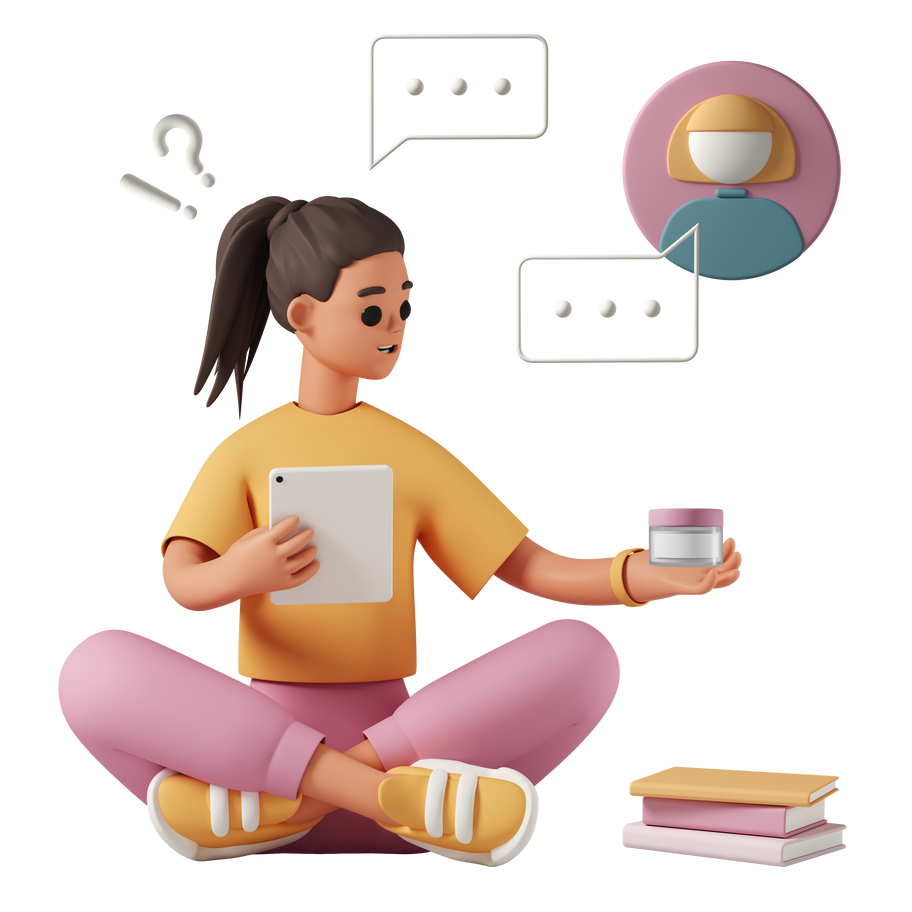I am a Conversologist. What does that mean?
Having been in the digital space for close to two decades, I’ve seen how technology has changed businesses and individuals alike. The number of digital solutions grew and, as an ‘early adopter,’ I experimented with them, seeking what moved everyone forward, however small.
The Beginning of my Digital Journey
Starting as a blogger back in the early 2000s, even when WordPress wasn’t a thing, I saw how content could be powerful in spreading knowledge, reach hundreds and even thousands of people, and make a difference in their lives. Whatever the product or industry, content helped influence buying decisions. I saw how technology could change behaviour. It was also a platform for individuals to converse with their tribe and build meaningful relationships with brands. I saw how it can affect the customer journey.
The Internet provided many possibilities for business, but what really made my heart sing was social media. The birth of blogging platforms and social networks made it possible to have a two-way conversation. Real people conversing had the potential to change business, creating the era of the customer.
But, because it was an ever-changing and fast paced space, I saw the frustrations of business owners, marketing and customer service professionals, being one myself. It was hard to keep up with new technologies and apply them to work and business processes.
My interest in technology and human behaviour was piqued.
I wanted to know how we could manage our businesses and work with technology that was efficient, automated, effective, sustainable, and focused on the human element.
At first, digital platforms centred on one-way solutions. For example, websites, which provided information and “pushed” it to the buyers. The blog, which started as a way to share and discuss ideas, has been hamstrung by trolls, spam, and even automated bots, and many bloggers have now turned off public comments. Email has become another push platform that marketers use to blast out as much as information as possible. And now social networks, whose very creation were to enable interaction and meaningful discussion, have started selling out to the push marketer who simply see users as a harvestable resource.
Back in 2013, I wrote a blog post “Goodbye Email. Hello Social Inbox“, predicting that email would see a decline and conversations would instead happen in the social media space. Most disagreed and ignored it. But then I went to Boston, where I learned about chatbots and how messenger and the “social inbox” really is the future, I was vindicated.
Fast forward to now, the reason I aligned my business to Hootsuite, being a global brand in the space because they provide and enable social content that can spark conversations between people. Their software focuses on data-driven solutions and provides data that is actionable (moving forward).
It was why I created Social Imageries, creating design content that would connect in a meaningful way to specific people.
It’s the reason I have turned my attention to chatbots, whose mix of technology and human elements are key to better solutions for both business and consumers, which I call the Conversation Experience.
So, what is a Conversologist and how can they help?
A Conversologist is someone who is forward-thinking and is a connector in its truest form. A conversation starter, not afraid of sharing a perspective. Believes that there are endless possibilities to solve problems within the social media space. Business minded but is customer-centric, and knows that a conversation is two-way – listening and responding.
A Conversologist believes that technology can be an enabler but communication and emotional connection is still need to be at its core. Someone who is authentic and doesn’t have to use “gimmicks” or tactics to drive short-term engagement or stories or conversations.
A Conversologist doesn’t look only at the top of the marketing funnel but sees how solutions can guide the overall journey and knows it’s an ongoing process and cycle.
The Conversologist knows that as long as we keep talking, we keep improving, then we eventually move forward.



